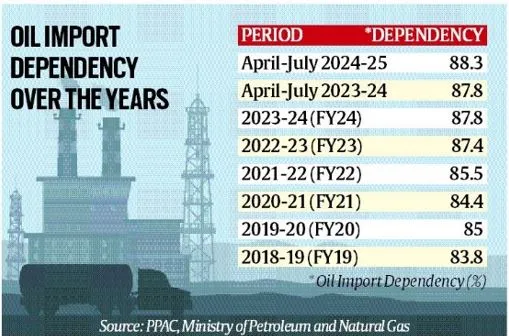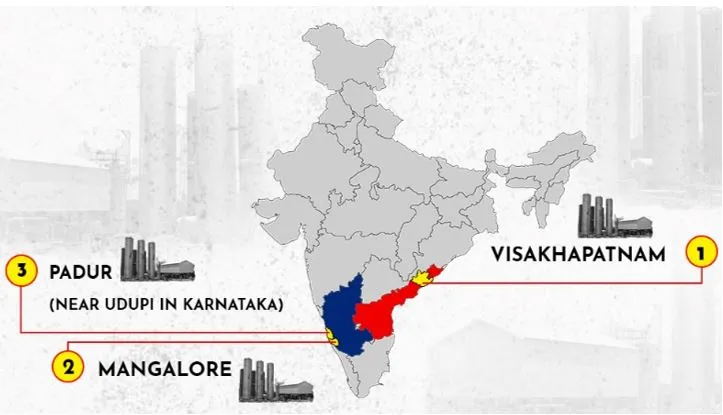

18th January 2025 (10 Topics)
Context
The US has imposed new sanctions on Russia's oil trade, targeting 183 tankers (ships), which are part of Russia's "shadow fleet." This fleet has been used to bypass Western sanctions and continue selling Russian oil to countries like India and China.
Why are these sanctions significant for India?
- Oil remains a crucial part of the global economy, influencing geopolitical dynamics and national revenues.
- India, as the third-largest consumer of crude oil in the world, is heavily reliant on oil imports.
- Before the war in Ukraine, Russia wasn’t a major oil supplier to India, but since 2022, Russia became one of India’s biggest suppliers due to discounted prices, as Western countries reduced their purchase of Russian oil.
- In 2024, nearly 38% of India’s total oil imports came from Russia. However, these sanctions on Russian tankers could affect the smooth flow of this oil to India.
Impact on India’s Oil Trade
- The Indian economy is “significantly vulnerable” to fluctuations in oil prices. Domestic retail prices of gasoline and diesel surge “like rockets” in response to rising crude oil prices.
- Analysis from the Reserve Bank of India in 2019 found that every $10 per barrel rise in oil prices could lead to a 0.4% increase in headline inflation.
- Not only will China and India have to pay more for the oil they consume, they will need to pay more to have it delivered to their shores because oil tanker rates have also risen.
- Combined with a stronger U.S. dollar and weaker rupee, the impact on the India economy will be magnified.
- Alternative Suppliers: If Russian oil becomes more expensive due to higher shipping costs, Indian refiners might turn to traditional suppliers such as Iraq, Saudi Arabia, and the UAE, which are already India’s top oil sources.
Fact Box:India’s Stand
India’s Strategic Crude Oil Reserves
|
More Articles




